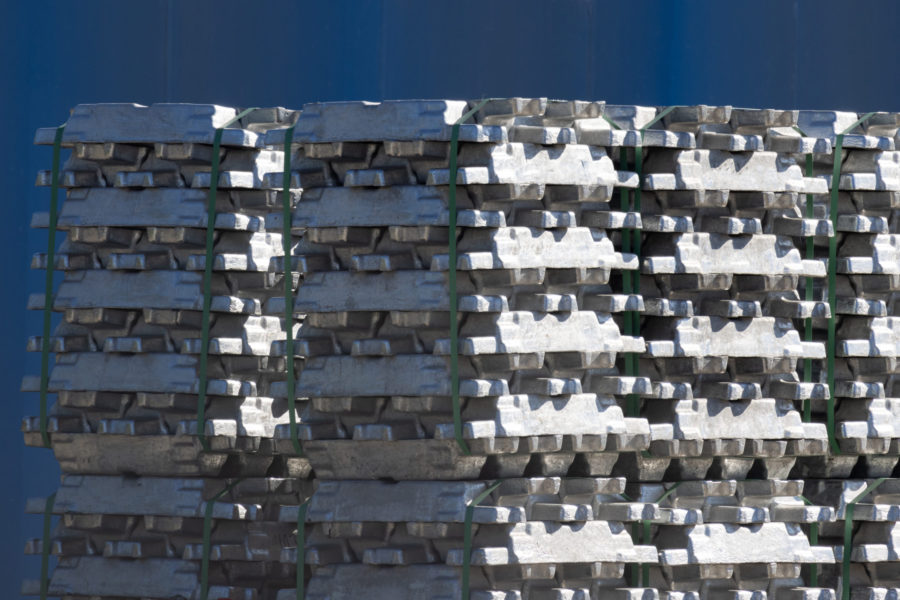Glencore hands $7.1 billion to shareholders after record profit

Glencore announced a payout of $7.1 billion to its investors on Wednesday, as high oil and coal prices helped it to post a record annual profit, but it said the rising costs of producing minerals could dent future earnings.
In preliminary 2022 results, the miner and trader said it cut net debt to $75 million at the end of the year from $6 billion at the end of 2021.
Adjusted earnings before interest, tax, depreciation and amortization (EBITDA) rose 60% to $34.1 billion, smashing a previous record of $21.3 billion a year earlier, in line with analysts’ estimates.
Glencore chief executive Gary Nagle said the high and volatile commodity price environment, driven by factors including the pandemic, under-investment, supply chain vulnerabilities and conflict in Europe, enabled the record result.
“Glencore’s taking full advantage of a messy energy market to line its coffers and there’s good news for shareholders as they get to share in the spoils,” Matt Britzman, equity analyst at Hargreaves Lansdown, said.
The $7.1 billion payout includes dividend payments and a $1.5 billion share buyback.
The company has bucked a trend of lower returns among other miners, as its strong trading profits cushioned it from higher costs and lower production.
Profit on metals and fossil fuels trading hit a record $6.4 billion in 2022, up 73%, although analysts say a repeat of that performance this year or next is unlikely.
Prices of thermal coal, the most polluting fossil fuel, for example, are around half the all-time high they reached last year, as mild weather has cut demand.
“We see potential for Marketing EBIT to remain above long-term normal levels over the next 2 years but the extreme dislocations seen in 2020-22 seem unlikely,” UBS analysts said of Glencore’s trading division in a note.
Glencore’s share price, which rose 50% last year, was flat at 1025 GMT, roughly in line with peers.
Strategy to deplete coal mines, not sell them
The company’s strategy is to deplete its coal mines in Australia, Colombia and South Africa by the mid-2040s rather than selling or spinning them off, as other diversified miners have.
Glencore produced 110 million tonnes of coal in 2022, up 6% from the previous year following its acquisition of Cerrejon in Colombia, but said abnormally wet weather in all three countries had disrupted production.
Mining companies are seeking minerals to power the green energy boom, as their deposits get depleted.
Glencore mines battery metals copper, nickel, and cobalt and has said previously it was looking for acquisitions in what it terms “commodities of the future”.
It expects the unit cash cost for copper to increase to $0.91 per pound, from $0.80 in 2022, on lower production and market prices for by-product cobalt.
Glencore also estimates higher costs for nickel mining as the grades of deposits deteriorate.
The company’s close to zero net debt level does not mean it will go on a spending spree, Nagle told reporters on Wednesday.
“But on the other hand, even if we had higher net debt and the right opportunity came up, with the right returns for our shareholders, we would pursue that as well,” he added.
Glencore also said that because net working capital jumped to $13.3 billion in 2022 from $5.1 billion a year earlier following higher energy prices, it had scope to deploy its strong balance sheet to generate returns.
“We can also use the balance sheet more shorter term, in terms of working capital funding, trade finance within the business if it generates adequate returns for us,” chief financial officer Stephen Kalmin told reporters.
(By Clara Denina, Helen Reid and Muhammed Husain; Editing by Subhranshu Sahu, Jason Neely, Jamie Freed and Barbara Lewis)
More News
{{ commodity.name }}
{{ post.title }}
{{ post.date }}



Comments